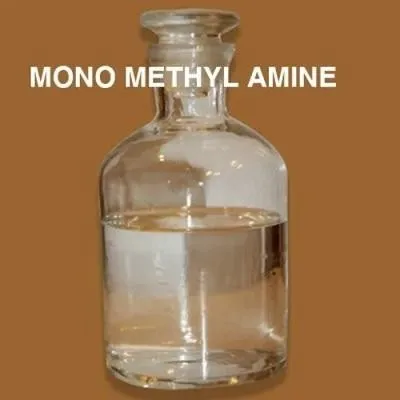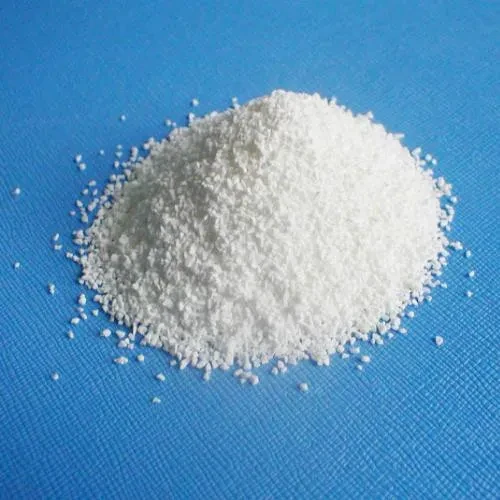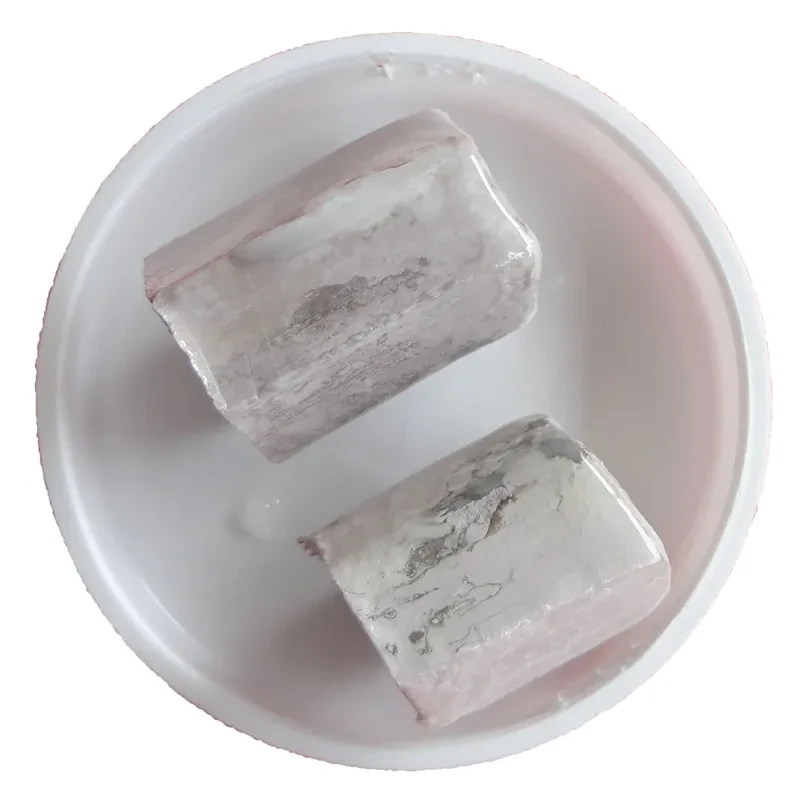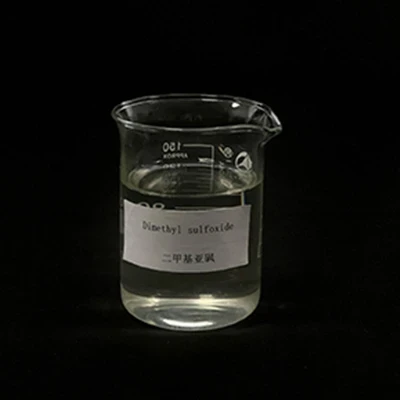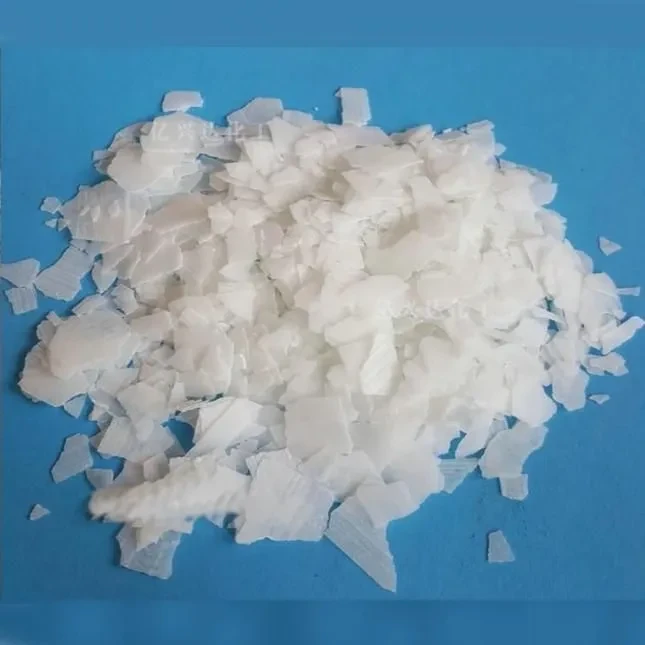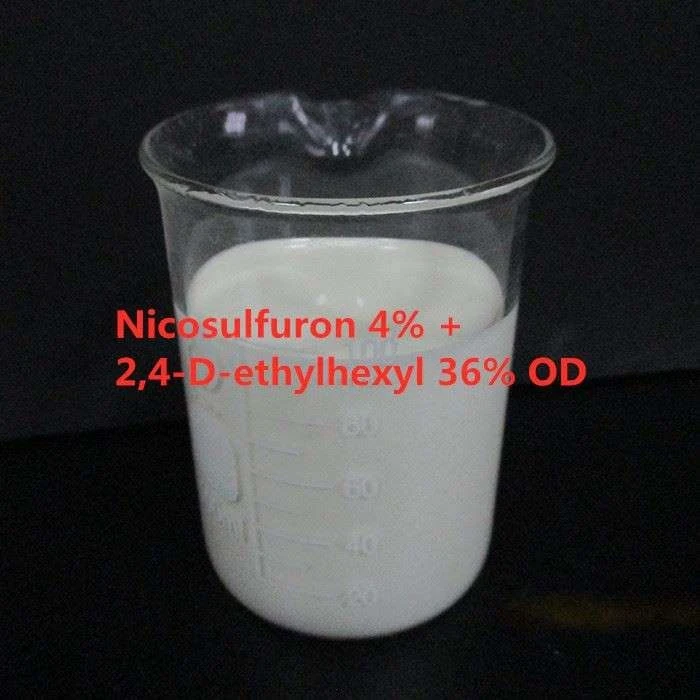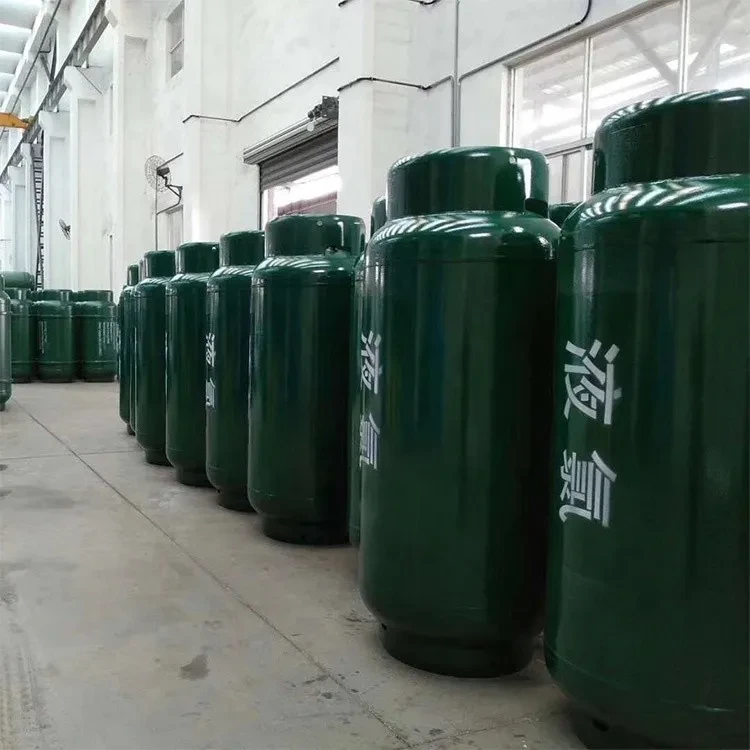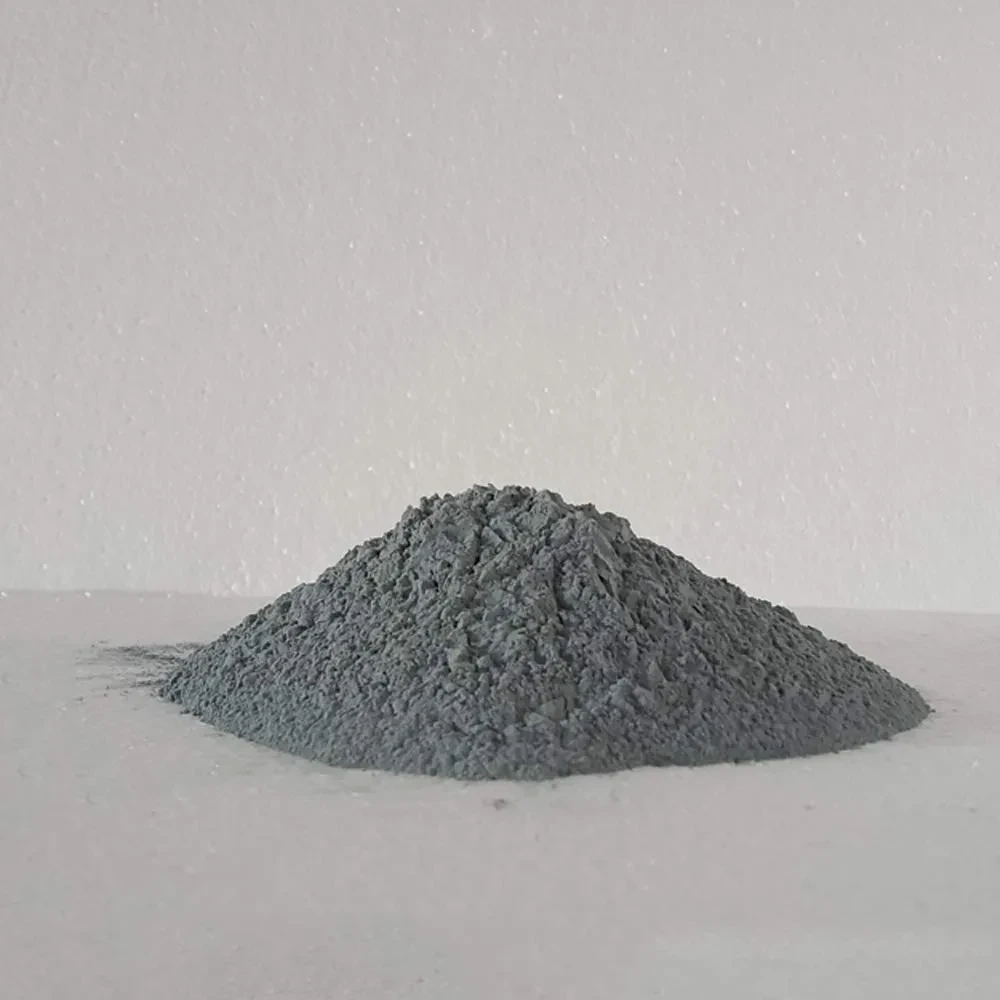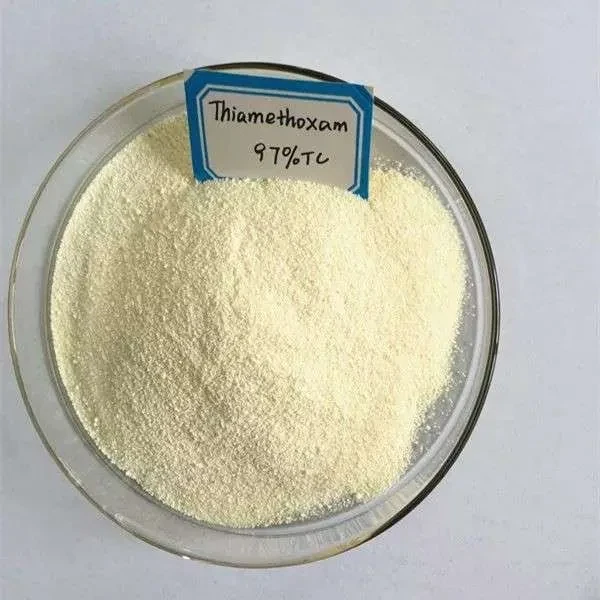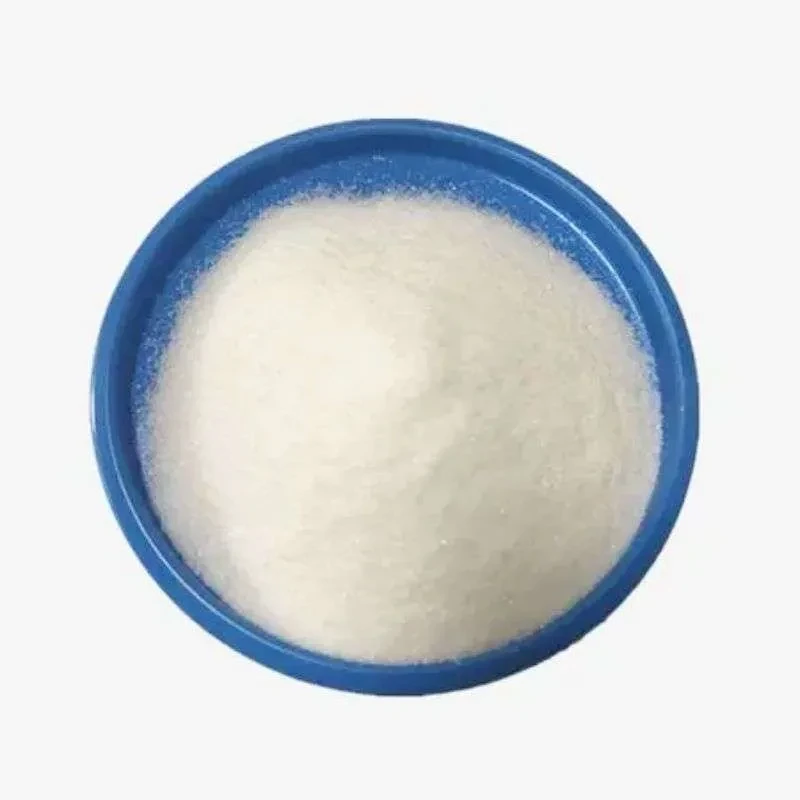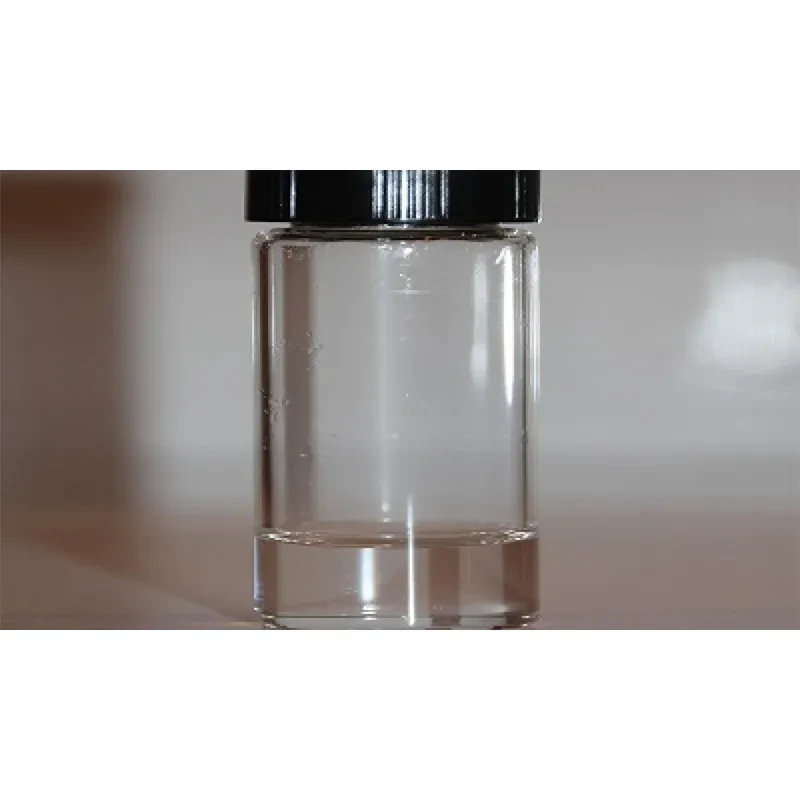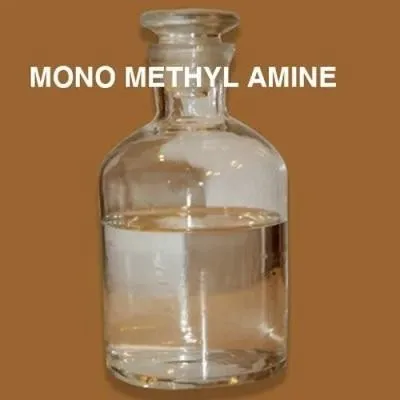CAS-Nr.: 74-89-5
Molecular Formula: CH5N
Molecular Weight: 31.06
|
Schmelzpunkt |
-93 °C(lit.) |
|
Siedepunkt |
-6.3 °C(lit.) |
|
Dichte |
0.785 g/mL at 25 °C |
|
Dampfdichte |
1.08 (20 °C, vs air) |
|
Dampfdruck |
27 psi ( 20 °C) |
|
Brechungsindex |
n20/D 1.371 |
|
Flammpunkt |
61 °F |
|
Lagertemp. |
Store below +30°C. |
|
Löslichkeit |
highly soluble in water (108g/100g) at 25°C; soluble in alcohol and miscible with ether; HCl salt is soluble in water and absolute alcohol; compound is insoluble in chloroform, acetone, ether, and ethyl acetate |
|
pka |
10,63 (bei 25 °C) |
|
bilden |
Gas |
|
Spezifisches Gewicht |
0,901 (20 °C/4 °C) (40 %ige Lösung) |
|
PH |
14 (H2O, 20°C) |
|
Explosionsgrenze |
4.9-20.8% |
|
Geruchsschwelle |
0,035 ppm |
|
Wasserlöslichkeit |
Mischbar mit Wasser, Ethanol, Benzol, Aceton und Ether. |
|
Stabilität |
Stabil. Leichtentzündlich. Weite Explosionsgrenzen beachten. Nicht kompatibel mit Oxidationsmitteln, Säuren, Laugen, Erdalkalimetallen, Kupfer und seinen Legierungen, Zink und seinen Legierungen. |
|
Symbol (GHS) |
|
|
Signalwort |
Gefahr |
|
Gefahrencodes |
F+,Xn,C,F,T |
|
RIDDAR |
UN 3286 3/PG 2 |
|
Gefahrenklasse |
3 |
|
Verpackungsgruppe |
II |
|
HS-Code |
29211100 |
Methylamin kann zur Herstellung von Pestiziden, Pharmazeutika, Vulkanisationsbeschleunigern für Gummi, Farbstoffen, Sprengstoffen, Leder, Erdöl, Tensiden, Ionenaustauscherharzen, Abbeizmitteln, Beschichtungen und Additiven verwendet werden. Es ist ein wichtiger Rohstoff für die Herstellung der Pestizide Dimethoat, Carbaryl und Chlordimeform.
Methylamine is an important kind of fatty amines organic chemicals and is used in a variety of industries such as manufacture of dyestuffs, treatment of cellulose, acetate rayon, as fuel additive, rocket propellant, and leather tanning processes. It can be used in the synthesis of the N-methyl-chloroacetamide that is the intermediate of the organic phosphorus insecticide dimethoate and omethoate; synthesis of the intermediate of the monocrotophos, α-chloro acetoacetyl methylamine; synthesis of the intermediates of carbamate pesticide, carbamoyl chloride and methyl isocyanate; as well as the synthesis of other pesticides varieties such as formamidine, amitraz, and tribenuron, etc. In addition, it can also be used in medicine, rubber, dyes, leather industry and photosensitive materials.



